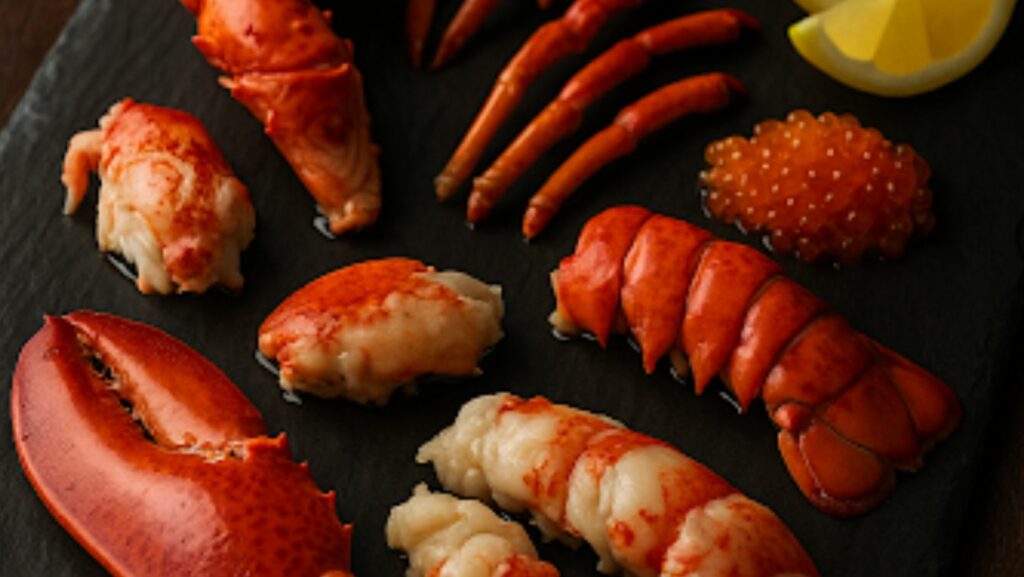Seafood dining has long been celebrated for its blend of elegance, flavor diversity, and natural coastal heritage. Along the shores where fishing traditions thrive, people view premium shellfish as more than a luxury meal—they represent a connection to the ocean and a craft perfected over generations. Whether served in bustling markets or refined restaurants, these dishes reward those willing to explore every flavorful detail.
Maximizing enjoyment means understanding the structure of the seafood on your plate. Too often, diners focus only on the most obvious portions, missing out on delicious sections hidden beneath protective shells. Taking a little extra time to extract and enjoy the lesser-known pieces allows for a richer culinary experience while promoting sustainable consumption. This mindset becomes especially important when exploring the edible parts of a lobster, a dining experience known for both delicacy and delight.
To appreciate shellfish fully, one must know where the best meat lives and how each part contributes to taste and texture. The most commonly enjoyed pieces are well-known for their tenderness and sweetness, but there is more to discover. With the right skills and curiosity, even small interior pockets can transform a meal from simple enjoyment into satisfying indulgence.
Recognizing the most valued portions helps elevate dining confidence. Stronger muscles typically offer meatier bites with a firm texture that pairs beautifully with grilling or broiling. In contrast, smaller joints house delicate strands that shine when dipped in melted butter or folded into a creamy salad. Both varieties complement each other, offering balance and variety in every serving.
Some parts are celebrated for their bold, distinct character. These inner sections, while not always visually appealing, deliver strong flavor and are beloved in certain culinary traditions. They can enrich sauces, add luxury to spreads, or even serve as a savory topping when chefs know how to handle them carefully. For adventurous diners, these elements provide a deeper appreciation of the seafood’s natural complexity.

There are also special seasonal surprises to discover. When present, these can add visual appeal and provide a pop of unique texture. Often reserved for premium plates, they are incorporated into refined dishes that highlight quality and craftsmanship. Their appearance signals freshness, and their flavor tells a culinary story rooted in ocean life cycles.
While there is much to enjoy, preparation and caution remain essential. Knowing which sections are considered safe and which should be removed ensures both satisfaction and well-being. Proper cleaning techniques prevent unwanted flavors and make the experience more enjoyable from start to finish. When handled correctly, the result is a meal that delights through every step of the process.
Sustainability plays a growing role in modern dining. Consumers and chefs now aim to use as much of the seafood as possible, minimizing waste and honoring the environment. Shells can be transformed into rich, aromatic broths rather than discarded. Smaller pieces that once may have been overlooked are being repurposed into flavorful additions, proving that mindful cooking leads to culinary innovation.
Coastal cultures have preserved these practices for centuries. Festive gatherings revolve around seafood feasts where families teach younger generations how to clean, cook, and savor every edible element. These traditions strengthen community bonds while preserving knowledge that might otherwise be lost. Today’s diners benefit from these time-honored techniques every time they enjoy a well-prepared meal.
Cooking methods can define how each portion performs on the plate. Gentle steaming preserves moisture and enhances natural sweetness, while grilling delivers smoky character ideal for firmer muscle groups. Butter poaching, a favorite among chefs, guarantees tender results across a variety of sections. Selecting the right approach elevates flavor and ensures a memorable dining experience.
Seasonings play a subtle role in highlighting natural taste. Lemon, herbs, and light spices allow the seafood’s freshness to remain the star. Heavy sauces can overpower delicate flavors, so skilled cooks often choose simplicity over complexity. The goal is always to celebrate the inherent qualities already present within the dish.
Knowledge builds confidence. Diners who understand what they are eating feel more connected to the culinary process. They ask better questions when buying seafood and make smarter decisions when cooking it at home. Learning which parts shine under certain techniques opens the door to creativity and exploration in the kitchen.
This exploration includes the edible parts of a lobster, inspiring people to discover both familiar bites and hidden treasures. The more one learns, the greater the appreciation grows—not only for the taste but for the care and craftsmanship behind each meal. Enjoying all available portions also supports sustainability, ensuring that every harvest is respected.
Responsible dining isn’t just practical—it is deeply satisfying. When every edible detail is enjoyed thoughtfully, each bite becomes an expression of gratitude and awareness. People begin to see seafood not as a simple indulgence but as a culinary tradition shaped by nature and skill.
As knowledge spreads, more diners are embracing this mindful approach. Chefs encourage their guests to explore every component, finding new favorites along the way. This sense of discovery brings excitement back to dining—transforming a common meal into an immersive experience.
Understanding these principles encourages us to look deeper and taste more fully. With each carefully extracted piece, we celebrate nature’s generosity and the culinary artistry that brings it to the table. When every section is treated with value, the dining experience becomes richer, more responsible, and far more memorable.
This thoughtful mindset also reduces costs by making the most of every serving. Home cooks benefit from learning extraction techniques that turn once-challenging tasks into rewarding kitchen skills. Supporting local seafood markets strengthens community ties and encourages responsible sourcing. With each meal, diners celebrate craftsmanship, culture, and mindful appreciation of coastal cuisine while discovering new flavors along the way.
By embracing curiosity, skillful preparation, and sustainable choices, we honor the ocean’s bounty with the respect it deserves. Every shell, every bite, and every flavor becomes a reminder of why coastal seafood continues to inspire delight across generations.

